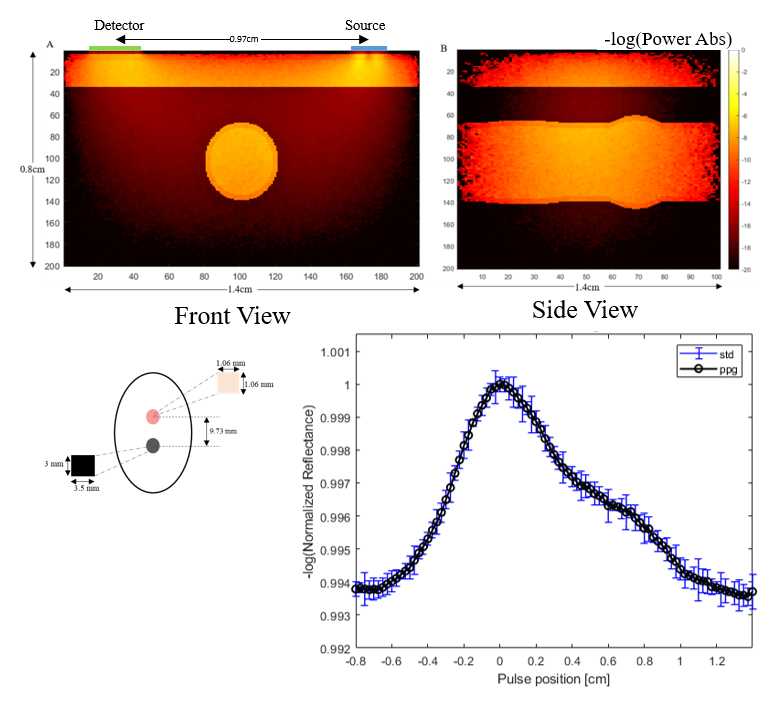

Skin Tone
The human skin is the largest organ in the body and the first layer of protection against infection and disease. The outer layer of the skin is the epidermis, and its composition gives rise to the diverse skin tones that exist worldwide. Skin pigmentation arises from human adaptation to their living environment. Different levels of melanin activation create a photoprotective effect (amongst other features) that aids in UV protection from the sun. Understanding cardiovascular health conditions is of paramount importance. While the most direct method would be to access the heart and the relevant arteries, this approach is highly invasive and requires specialized medical skills. Wearables leveraging optical technologies have the potential to revolutionize healthcare, offering a noninvasive and continuous monitoring solution that can provide early indicators for necessary medical intervention. To do this, we want to capture information from the vascular system outside the body, which means we must penetrate the skin. Some studies in the literature have characterized the epidermis's optical properties, which have been used to aid in the development of models and instrumentation.Obesity
We focus on understanding the changes to skin physiology associated with obesity and skin tone. The skin undergoes various changes with increasing levels of obesity. Understanding this is crucial to creating effective wearable systems for noninvasive, continuous health monitoring using optical means, considering that over 40% of the population in the United States lives with varying degrees of obesity. Through evaluation of different effects of obesity on Photoplethysmographic waveforms captured from optical systems like (smart watches), we can predict these effects of obesity and skin tone:
Our efforts have produced different phantoms and testing platforms.
Relavant Publications
Interested? How can you get involved!
Interested or just looking for more information? Please see our listed publications for more on specific topics. MPL offers opportunities with FIU and our summer program in this topic and related areas.